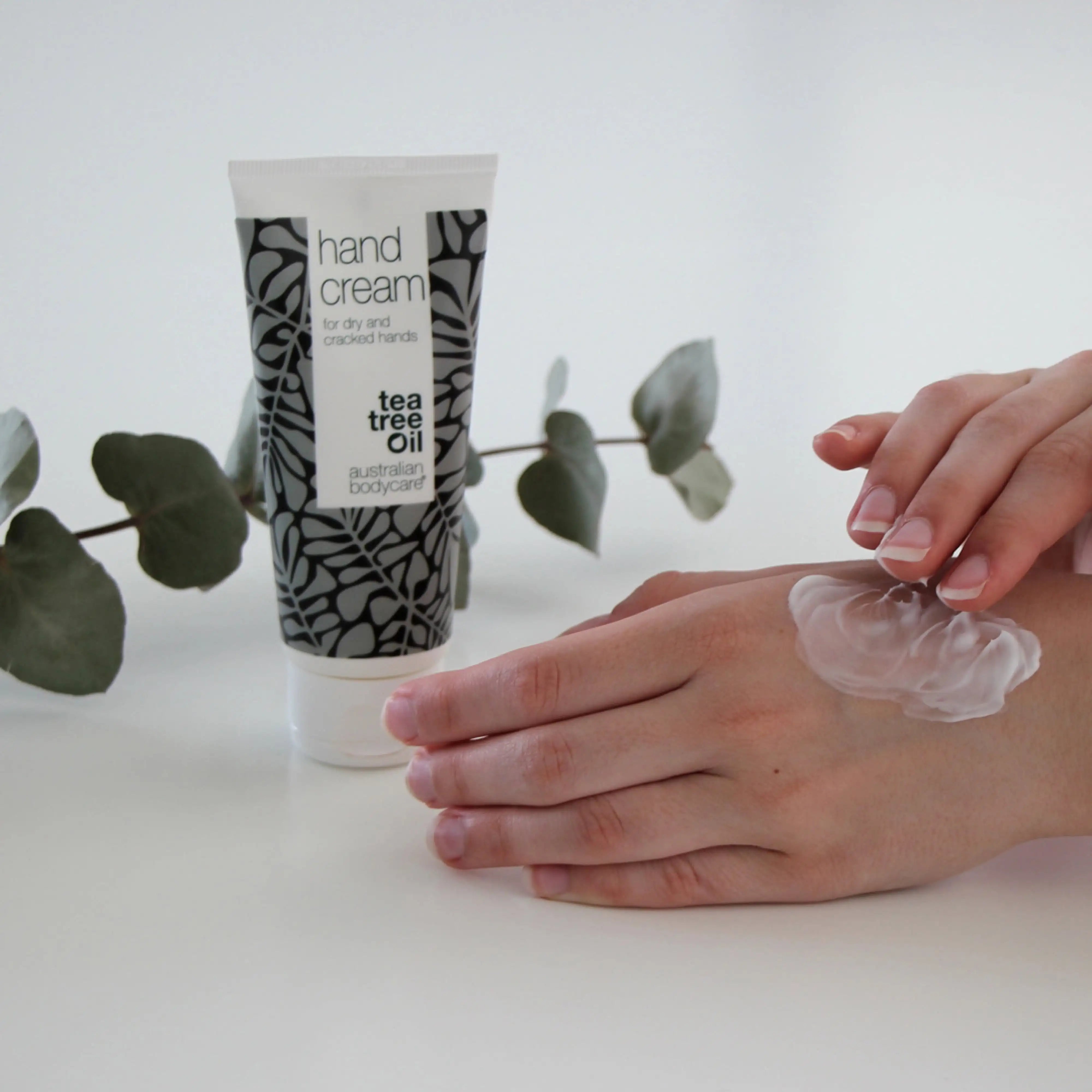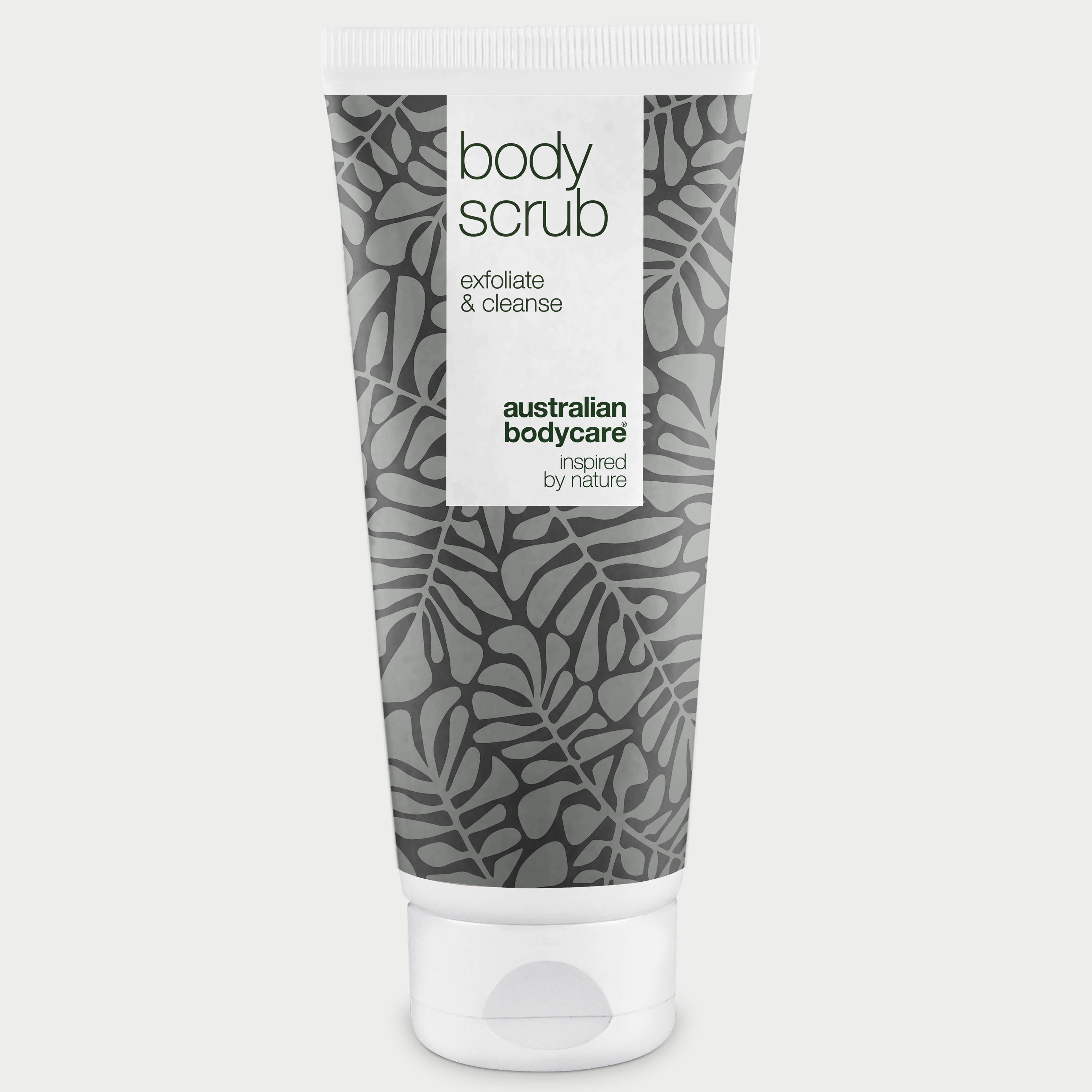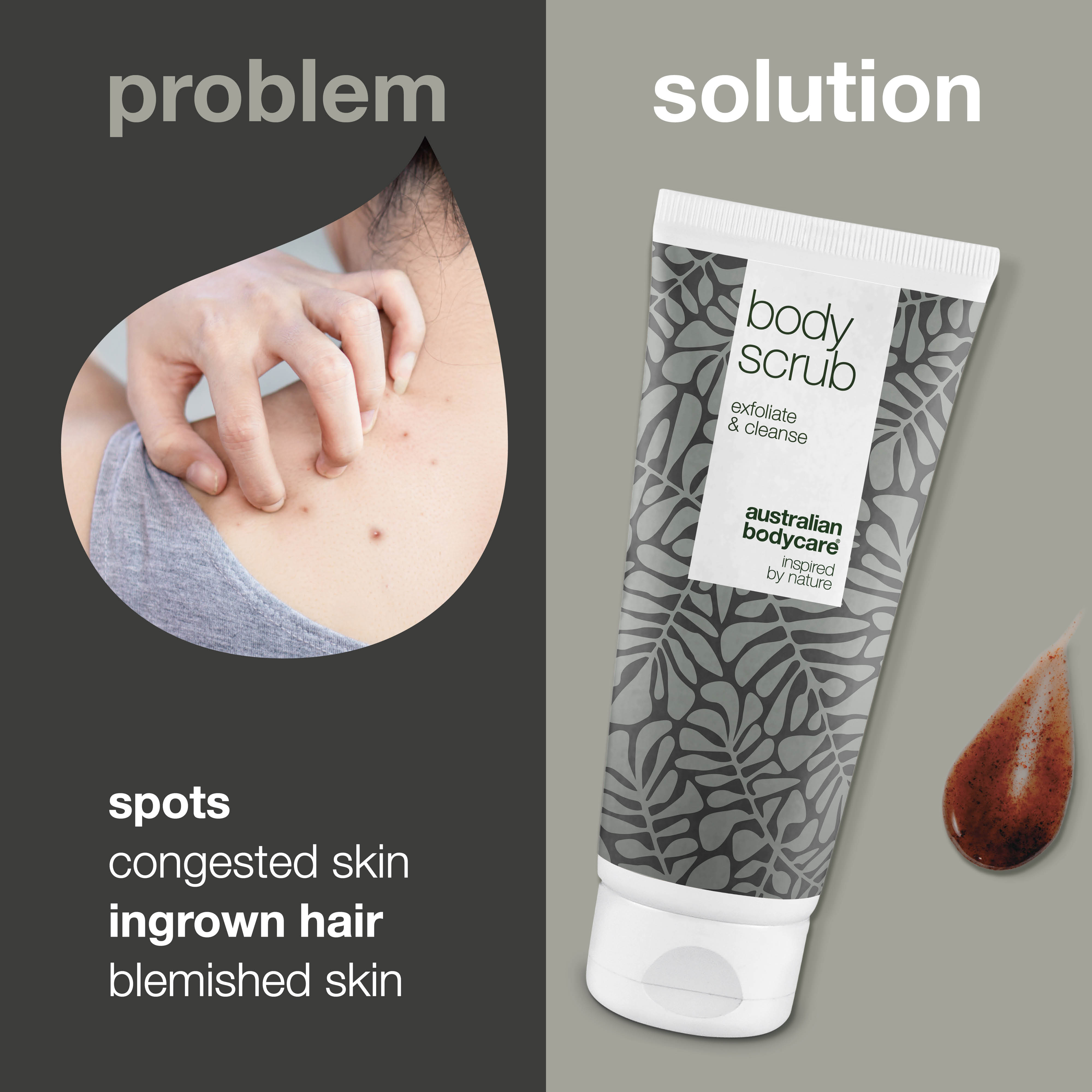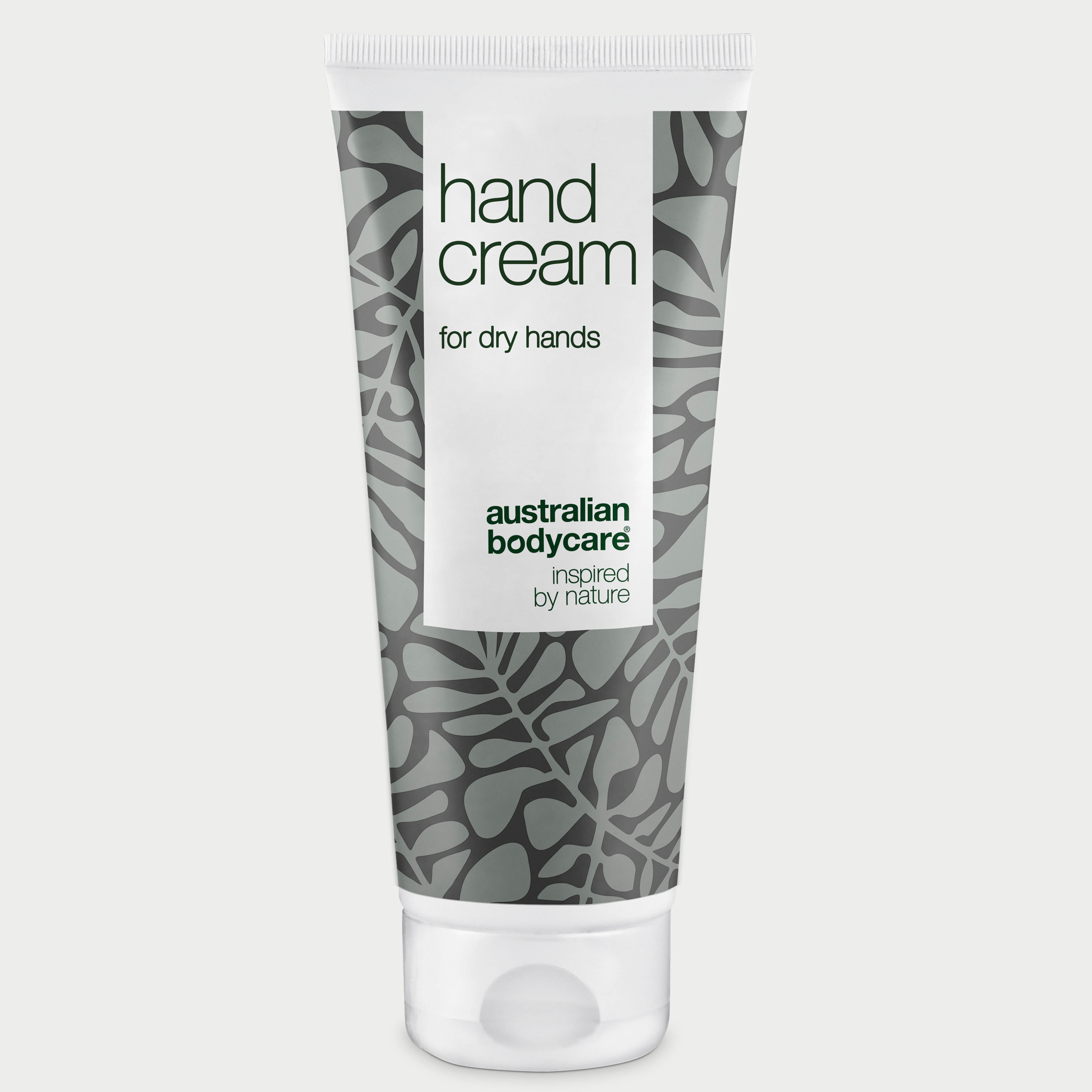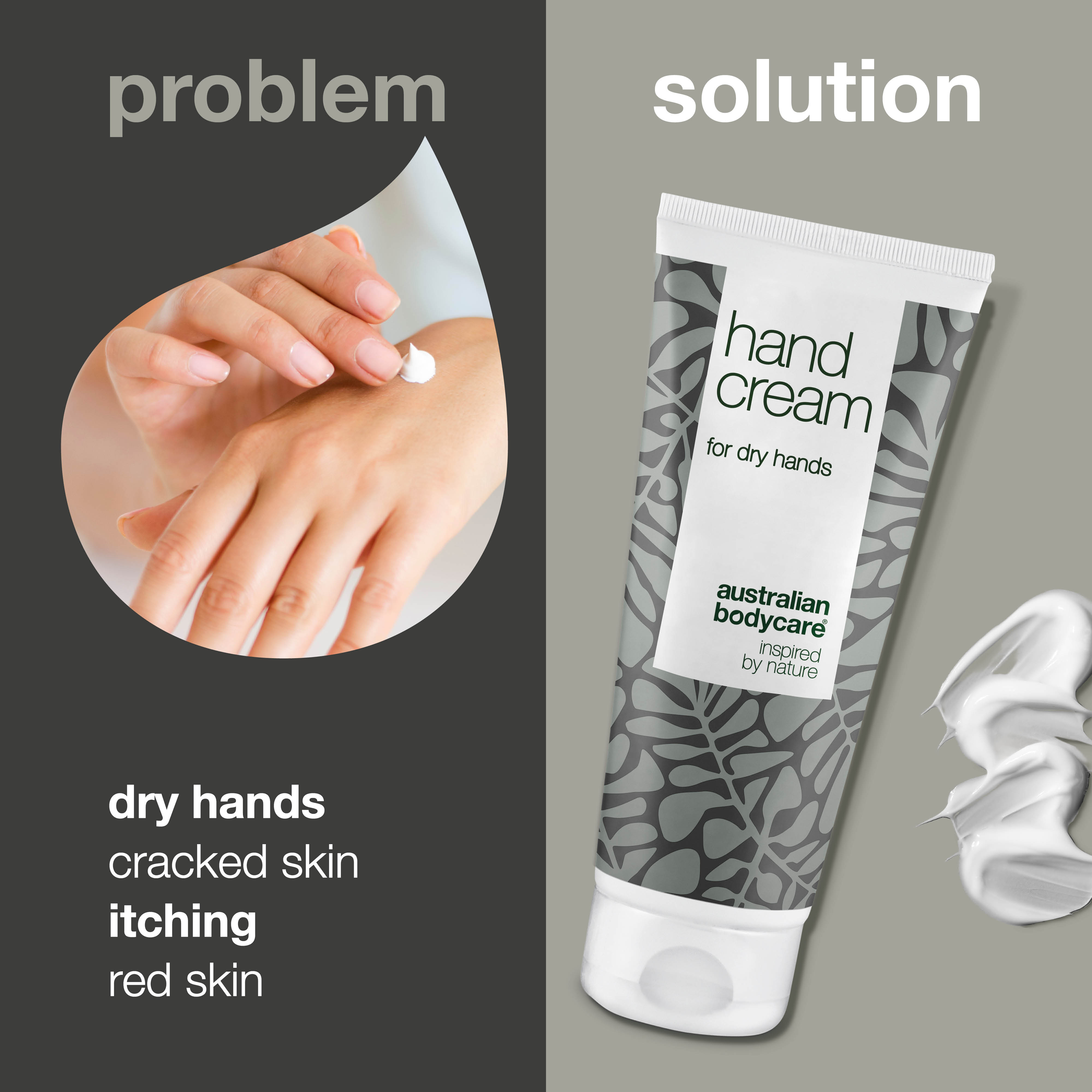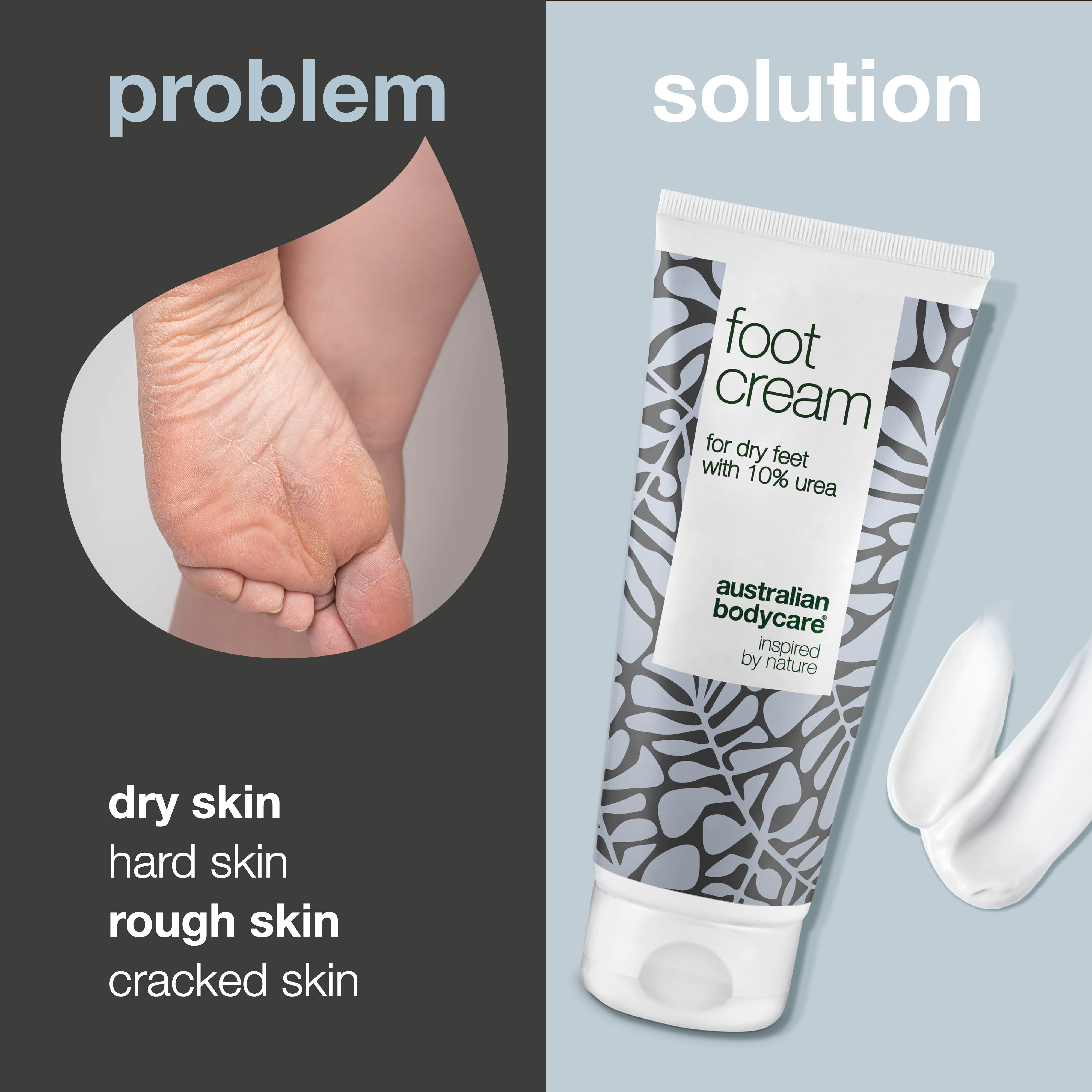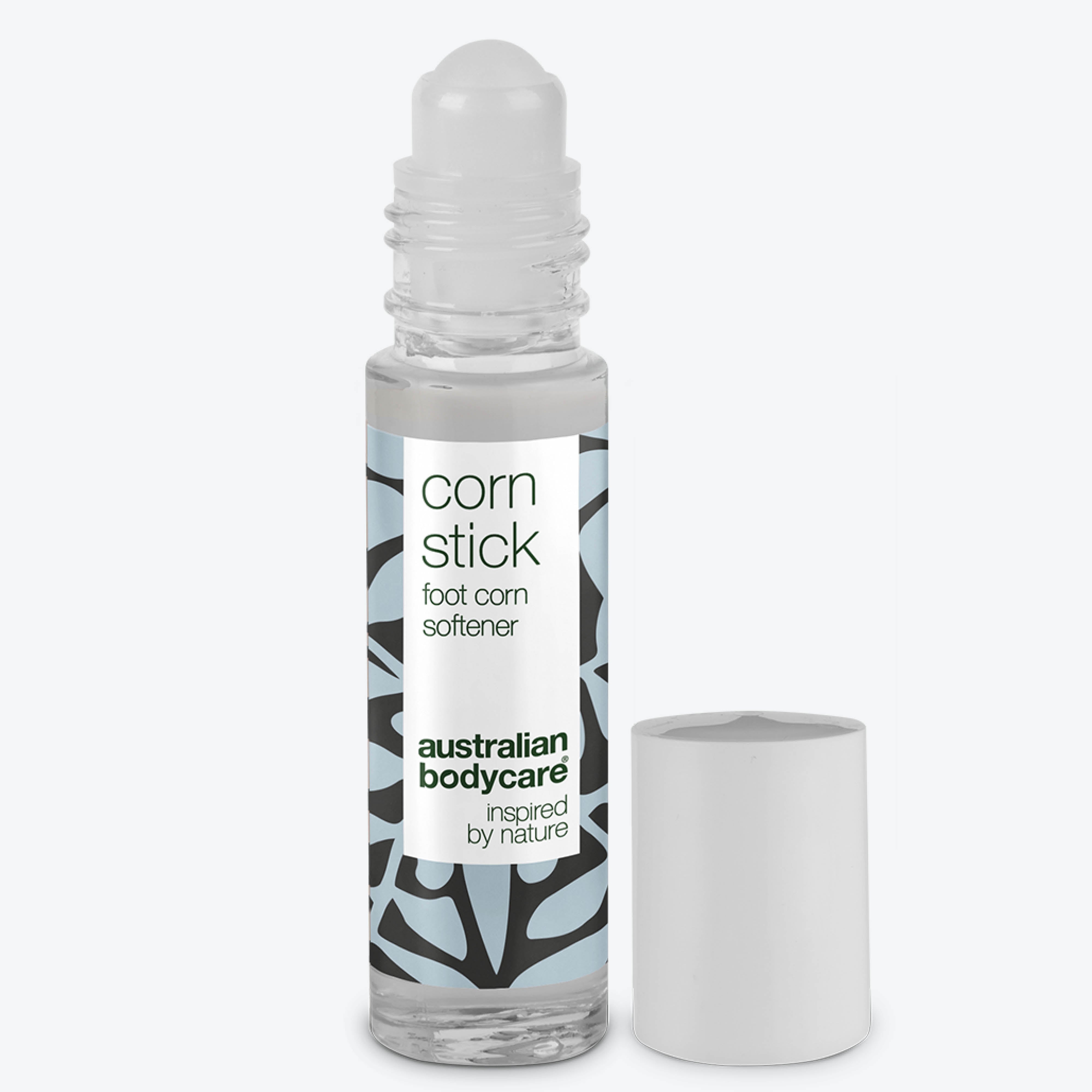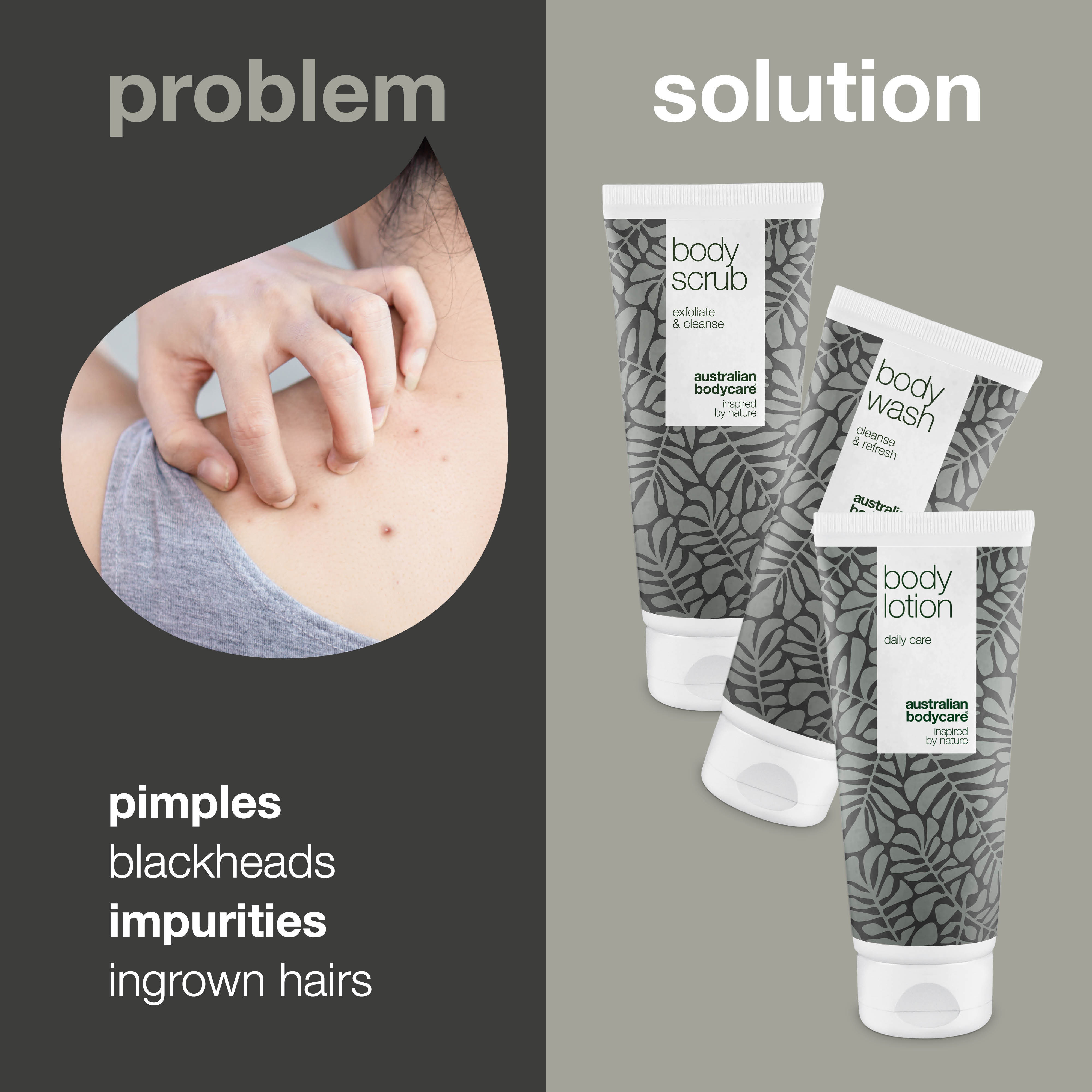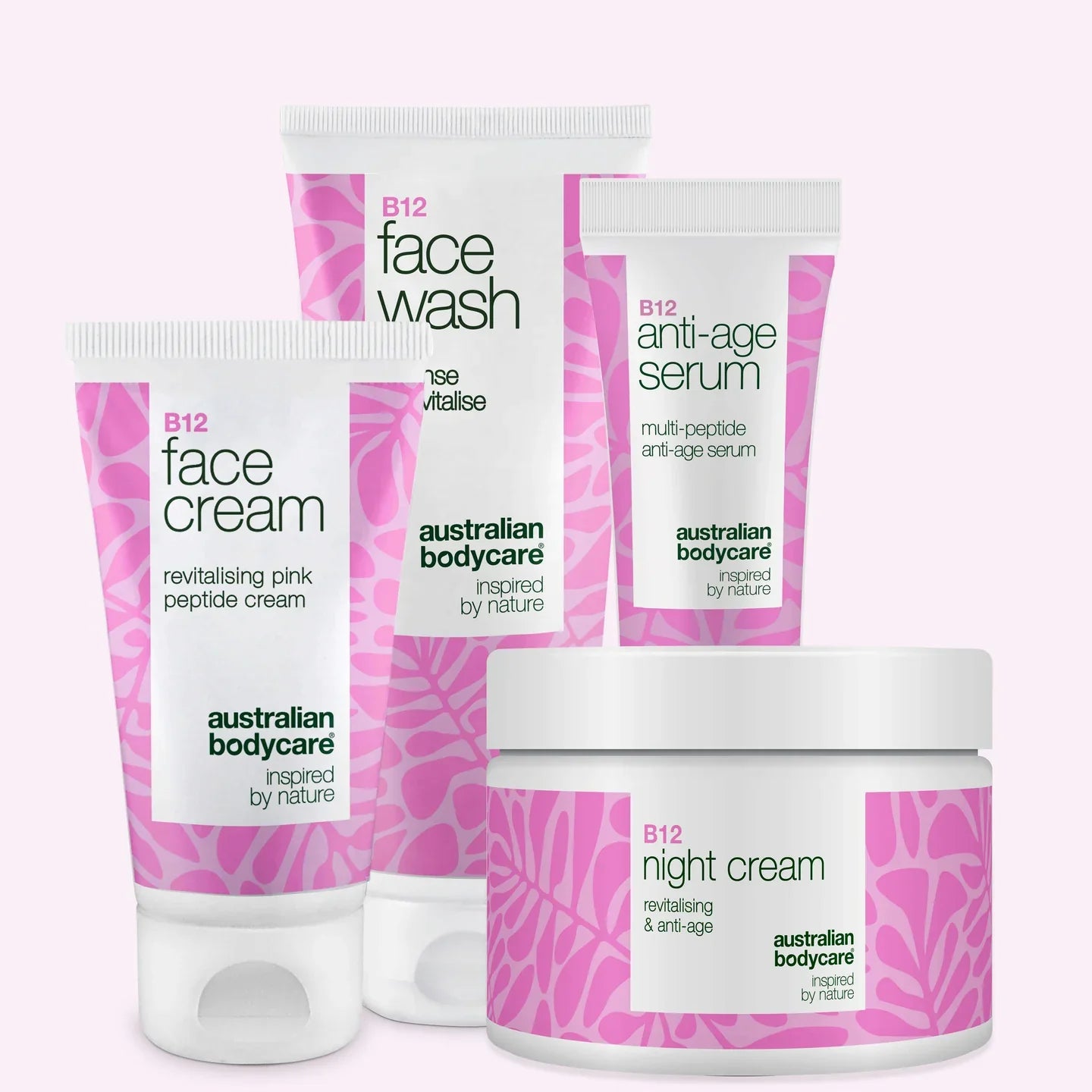How to remove calluses on hand
After a long day of gardening or several hours of hard work at the gym, you've probably experienced calluses on the palms of your hands or on the parts of your fingers that have been gripped by a shovel or dumbbell.
The calluses on your hands and fingers are the body's natural reaction to stress on the skin. Find out how to remove calluses.
Table of contents
What are calluses?
After a long day of gardening or several hours of hard work at the gym, you've probably experienced calluses on the palms of your hands or on the parts of your fingers that have been gripped by a shovel or dumbbell.
The calluses on your hands and fingers are the body's natural reaction to stress on the skin. Find out how to remove calluses.
Hard skin is common amongst all people. Calluses are caused by your skin being exposed to pressure over a long period of time. If the skin on your hands or feet is exposed to wear and friction for a long period of time, the skin will be damaged and become hardened.
If the skin is only subjected to normal stress in small doses, it will retain its softness. But when the skin is overworked, it starts to thicken - and that's what we know as calluses. So, if you have calluses, it's your body's natural way of telling you that something is wrong and that you need to fix the thickened skin.
Calluses on the hands of craftsmen
Calluses on the hands typically occur if you have a hard, repetitive physical job. If you are a craftsman or carpenter, your hands are exposed to a lot of tear on a daily basis. Over time, this leads to the formation of hard skin on the palms of your hands, because you expose your skin to stress on a daily basis - for example, hammering, screwing, filling, etc.
Training with gloves
If you do weightlifting at a gym, you've probably noticed that your palms develop calluses after prolonged contact with barbells or dumbbells.
This happens because the skin experiences friction the same place over and over again as you repeat sets - and the skin has a reaction to this. You can protect your hands and fingers by, for example, exercising with fingerless gloves.
Use a scrub
If you have calluses, you can use a scrub to remove the dead skin cells on your hands so that skin care products can penetrate better. For example, Australian Bodycare Body Scrub with crushed apricot kernel seeds and natural Tea Tree Oil. The scrub provides a deep, nourishing cleanse that leaves your skin feeling soft and refreshed.
Apply cream daily
If you have problems with calluses on your hands and fingers, it is a good idea to use a hand cream daily. Hand Cream from Australian Bodycare is a nourishing cream for dry and damaged skin on the hands.
Antiseptic Tea Tree Oil prevents bacteria from settling on the skin and helps the skin to heal faster. The cream also contains the natural ingredient Witch Hazel, which closes the pores and prevents the skin from drying out.
Foot cream for the hands
If the problem of calluses on your hands is very severe, you can also use a foot cream designed to remove calluses on your feet. Australian Bodycare Foot Cream contains the unique combination of 10% Urea, 10% Shea butter and the natural Tea Tree Oil.
The cream prevents cracking of the skin, dissolves the calluses and reduces the formation of new calluses.
Our Corn Stick for corns is also good for calluses on your hands. You can dab the affected area on your hands morning and evening and then lightly file the calluses with a wet pumice stone.
Be careful with sandpaper
When you want to remove the hard skin, it's a good idea to soak your hands in warm, soapy water to soften the skin. You should also do this before you start scraping any hard skin.
You can also gently rub sandpaper discs or pumice stones over the areas of calluses, or gently scrape or cut off the outer layer of calluses. Be careful not to remove so much skin that you start bleeding. This can cause infection and new calluses.
Oils to soften the skin
Vegetable oils are always a good start when it comes to softening the hard skin on your hands. If you choose oils, be prepared for a longer process, as the skin needs to be softened, restored and then rebalanced. Therefore, you shouldn't expect to see results overnight.
You should use oils such as argan oil, nigella oil, jojoba oil or coconut oil, as these are the most suitable, but olive oil or sunflower oil can also be used.
Moisturise the skin at least twice a day, e.g. morning and evening, and make sure that the skin is moisturised during the day as well, if needed.
Even when you have overcome the problem, you should continue to use either oil or cream to prevent the hard skin from coming back.
Onions and lemon
There are also several alternative remedies for dealing with calluses. For one of them, you can use onions, lemon and salt. This method is good for removing bacteria, dead skin cells and softening calluses. On top of that, you'll also find that your skin is nourished.
Finely dice half an onion and mix it in a bowl with a few drops of lemon juice or lemon oil. Then add a teaspoon of sea salt. Mix the 3 ingredients together.
Place them onto the problem areas, wrap it with a bandage and sleep with it overnight. In the morning, remove the bandage and rinse your hands with warm water and wash it with a mild soap.
Repeat this every other day for a period of 10-14 days, after which the skin will be a lot softer and you are close to eliminating the problem of calluses.
If the pain in the skin persists
If you can resolve your callus problem yourself, there is no need to see a doctor. However, if you have persistent pain, diabetes, or poor circulation, you should see your doctor and have him or her take a look at your calluses. Seeing a doctor could be a good idea as these conditions can increase your risk of infection.

